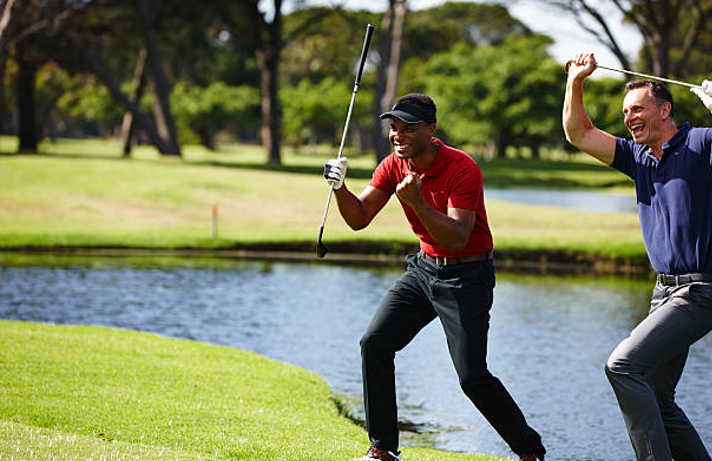When we talk about improving ourselves in golf, our brains tend to compete with such great things as joining a club, working hard with a profession, communicating with clubs that match our glasses, and taking out the woods. Of course, all of these can be shocking factors that can lower your score (and while we're at it, it will be a moderate investment in a golf school, which will be a video in the form of a single curriculum). Provides instructions (leading instructor in sports). But it's important to note that this is an improvement on what you can do without spending too much money or time on your game. Now we have to consider nine.
1. Check your eyes
You don't think your eyesight will worsen for decades to come, but according to statistics from the Census Bureau and the National Health Center, 18 out of 18 people in the United States or more have a vision in 2016. I reported some shortcomings. Even those who wear glasses.
2. Suitable for your pet
You get more than 30 waxes with something irrelevant on each side. It may also suit you. And it may be the least suitable club in your bag. A study of 100 golfers by the Clifting Experts champion for Golf Digest found that two-thirds of golfers did not meet the standard 35-inch length.
3- Hold The Pose After Each Shot
Whether it's a punch, a chip, a shot in the bunker, or a drive, your goal should be to make the perfect swings in a great finishing position. Why? This means that your swing must have been coordinated, in a good rhythm, and the effect was real.
4. Train with the worst ball
Do you want to play good golf continuously and promote the necessary sportsmanship and mental stability? Try a Warsball drill. Scott Gregory, a runner-up in the European tour, credited him with helping him become a full-fledged player. "An ugly game of golf is no other way to get good." The main thing is to adhere to your shooting modes and focus on each shot.
5. Adhere to the resin that catches the resin
Most fans try to bring the club in the right order. This happens for several reasons, but if you pretend to have a sidearm, they can all be fixed. Take a tennis ball and throw it firmly against the wall. Notice how, without thinking, you automatically load your foot into the leg and throw your hand back. So the more you practice throwing sidearms, the more you train the way you need the synchronization needed to drive the ball.
6. Walk more
Forget what is best for you. There is no denying that you will fit the game while walking. Remove you from the task that is running. Also, how can you get rid of the environment? .E.M.J.
7. Pull out these supports
Your poor hamstring. In the case of good work, two things work against them. Most of our sedentary lifestyles and back muscles (front of the body) dominate. And when the hamstrings become too long and dense, it can cause chaos on your golf swings and injure you without letting you get in the way. Golf Digest fitness consultant Ralph Simpson says a great way to start each day is to increase your hamstring.
Here are two easy ways to do this:
1) Lie on your back in the open door and spread one leg to the door frame, and the other leg lies on the ground. Pause for a few seconds, then move to the foot position.
2) Balance on one leg, bend the torso forward, and extend the opposite leg behind until the chest is parallel to the ground. Return to a standing position and repeat several repetitions before switching legs. You can hold something for better balance.
8. Swing more at home
It's easy to say that the best way to improve is to train as much as possible, but it's not always easy to get to the golf course or some extent. The long-term work of renowned instructor Hank Henby requires only a fraction of the workspace and any club located around your home. With just 100 practical swings a day, according to Khan, you can increase strength and flexibility and get an idea of where the club is in different positions. "You're starting to build repetitive motion - which is great, even if the movement isn't great yet," says Heaney. am Sam Wayne Mann.
9. Make a specific plan within
It's nice to avoid being careless by waving water or water to ruin the ball. Unfortunately, it is also a loss of your game, which leads to bad habits and poor muscle memory. The next time you work through a bucket, make a plan. Select a target at a distance. Not only do you copy the requirements of the course, but it also gives purpose to your session and avoids pointless hacking.

